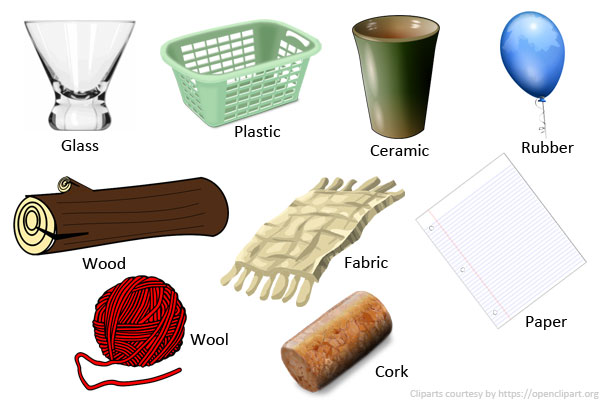Do Ceramic And Plastic Make Good Insulators

Insulators are generally used to protect components from heat electricity or sound.
Do ceramic and plastic make good insulators. Very little electric current will flow through it under the influence of an electric field this contrasts with other materials semiconductors and conductors which conduct electric current more easily. One of the big benefits of ceramic over class is that ceramic is a good thermal insulator due to its porosity. Insulators are made from materials that do not conduct electricity most commonly plastic or ceramic. Insulators prevent electrical shorts between the electrified wire and the fence posts.
Ceramics vary in electrical properties from excellent insulators to superconductors. Thermal conductivity the same structural features that help make metals good conductors of electricity also make them good conductors of heat the electrons are much more free to move and can spread the thermal energy around. When properly installed these insulators will support your fence for years. Thus they are used in a wide range of applications.
Below are some practical examples of how insulators are used in everyday life. They also have higher insulating properties than plastic insulators and will not break down due to sun damage. If you have 2 cups of equal thickness one glass and one plastic the plastic cup will insulate 5 10 times better than the glass cup because the thermal conductivity of plastic is 5 10 times lower than than that of glass. Some examples of insulators include.
Consequently most plastics are insulators that do not conduct electric current or do so only poorly. Is glass or plastic a better insulator. They are normally made of materials that are poor conductors of heat sound or electricity. An electrical insulator is a material in which the electron does not flow freely or the atom of the insulator have tightly bound electrons whose internal electric charges do not flow freely.
















































